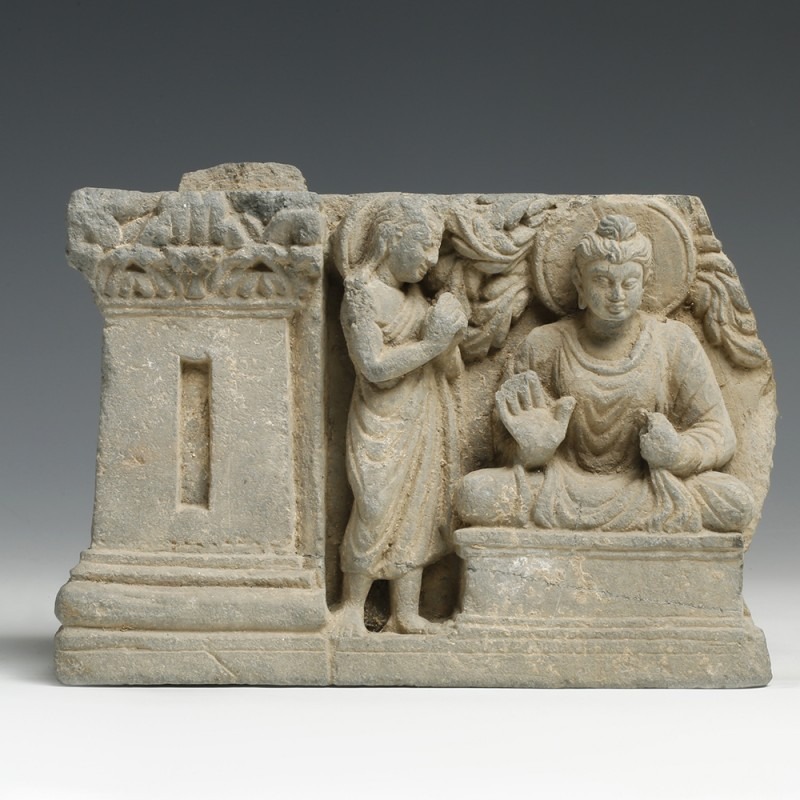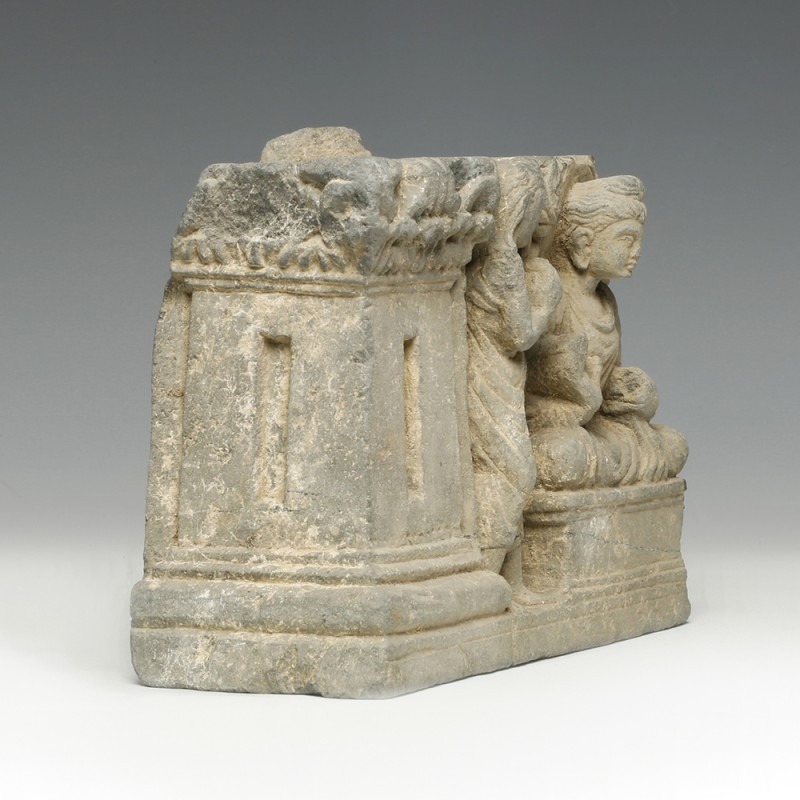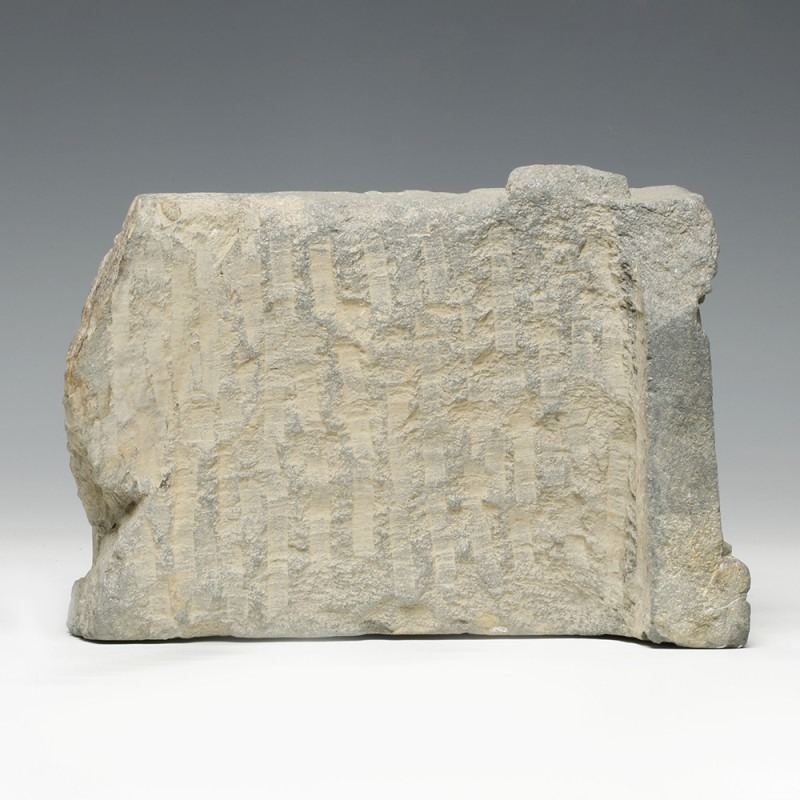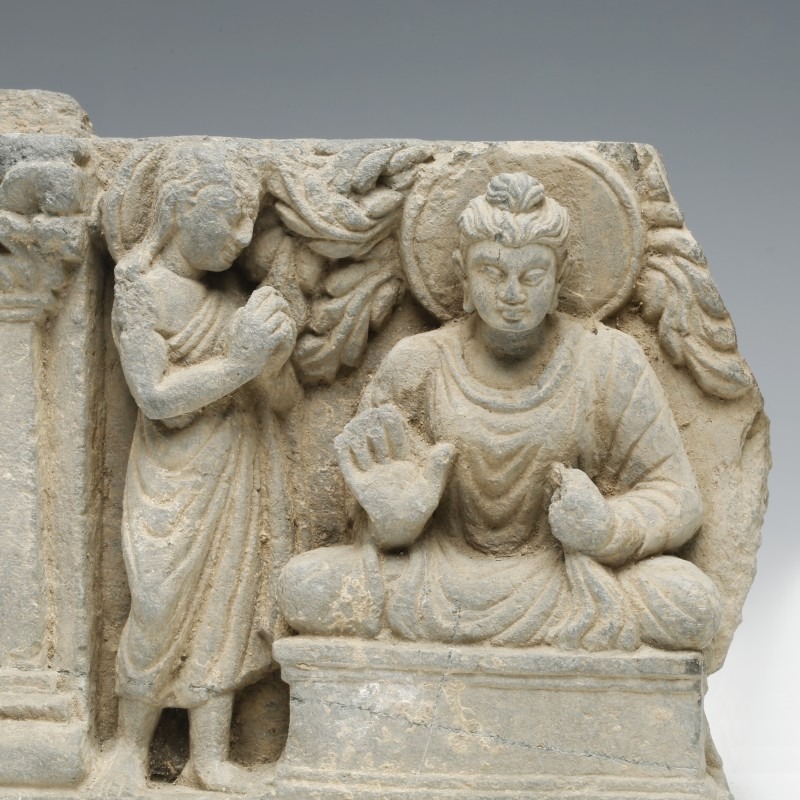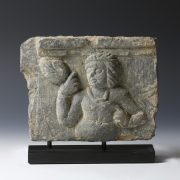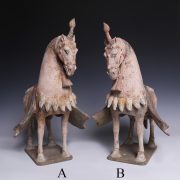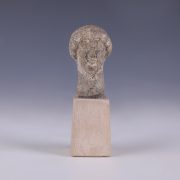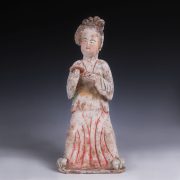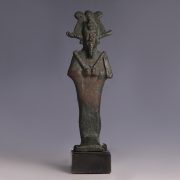This region, unified under the Kushan dynasty during the first centuries of the Christian era, became the centre for a new and flourishing artistic style. Known at first as Graeco- or Romano-Buddhist, and afterwards as Gandharan, it combined many outside as well as local influences into a homogenous form. Gandharan art was heavily influenced by the expansion of Hellenistic culture, with statues and panels often displaying resonances from Greek art in particular.
Gautama Buddha was the figure on whose teachings Buddahism was founded. He is believed to have lived and taught mostly in the eastern part of Ancient India, sometime between the sixth and fourth centuries BC. He is recognised by Buddhists as an enlightened teacher, who shared his insights to help sentient beings end the cycle of rebirth and suffering. Accounts of his life, discourses, and monastic rules are believed by Buddhists to have been summarised after his death and memorised by his followers. Various collections of teachings attributed to him were passed down by oral tradition, and not committed to writing until approximately 400 years later. Gandhara is the ancient name of a region in northwest Pakistan, which is bounded on the west by the Hindu Kush mountain range, and bounded to the north by the foothills of the Himalayas. Buddhism probably reached Gandhara as early as the third century BC, and this relief is a fine example of the increasing popularity enjoyed by the belief system.
The Buddha is modelled in classical Gandharan style, and displays several of the characteristically auspicious marks, laksanas, of the Buddha. These include the prominent hair-knot (ushnisha), and the forehead mark (urna). With small mouth; slender nose; crisp, planar intersection of forehead and eyes; and wavy locks of hair, this idealised image of a Buddha bears all the classical features of Greek-inspired Gandharan sculptures. The oval shape of the head, the curvature of the eyebrows (reminiscent of an Indian bow), the lotus-leaf-like shape of the eyes and the ears are of Indian influence.
